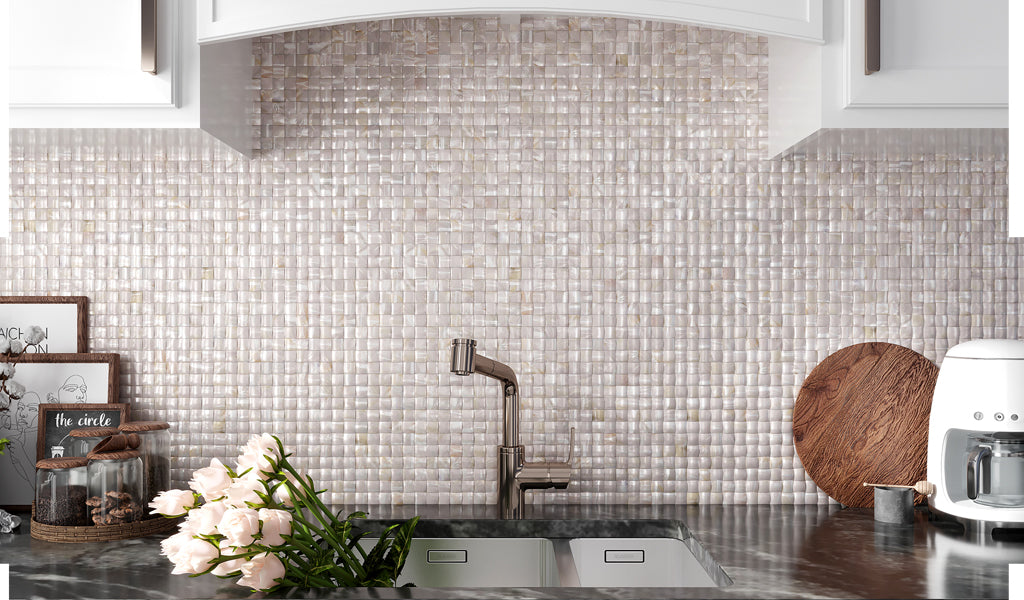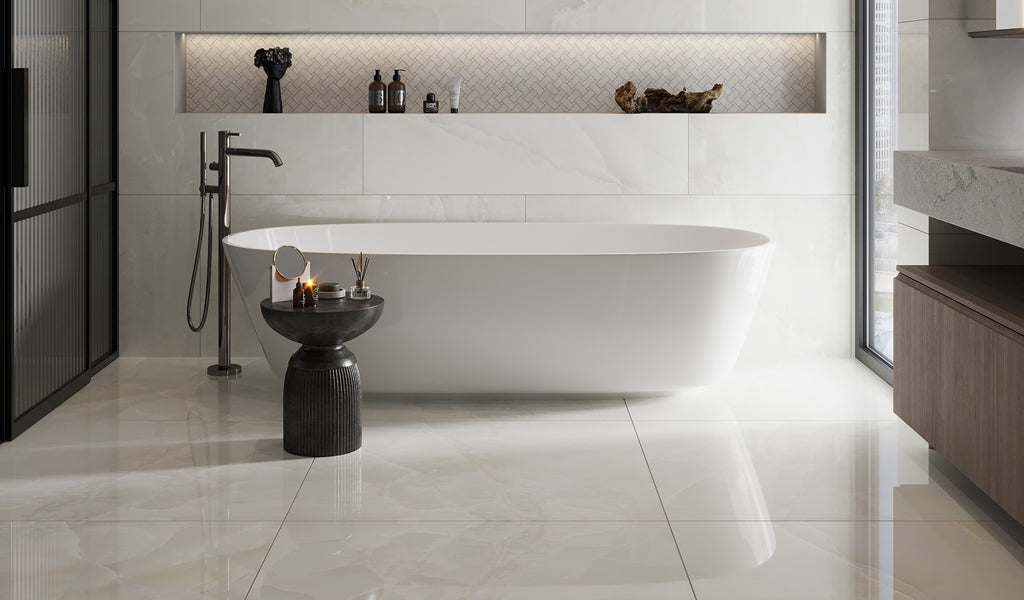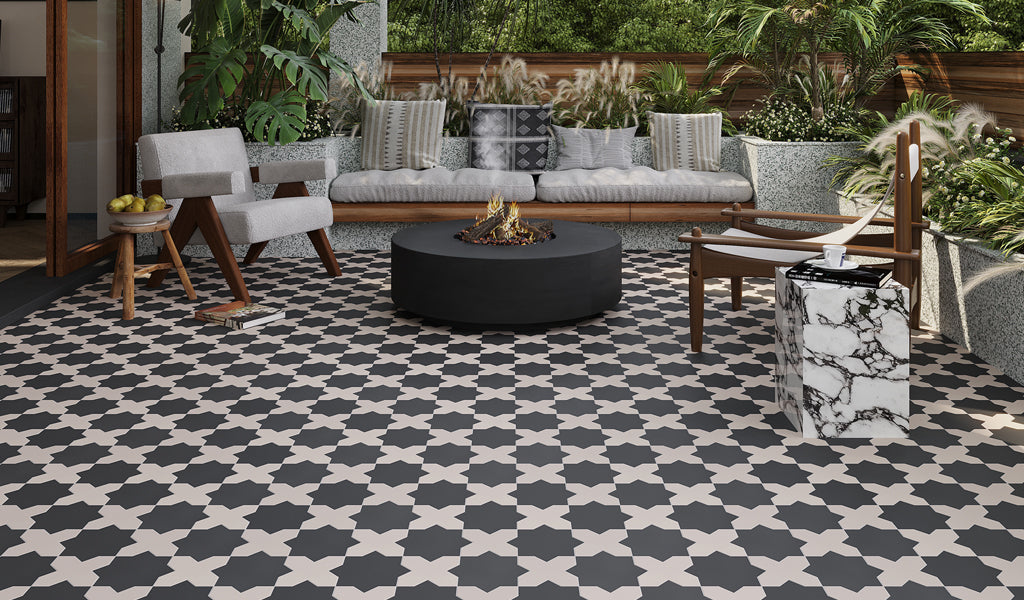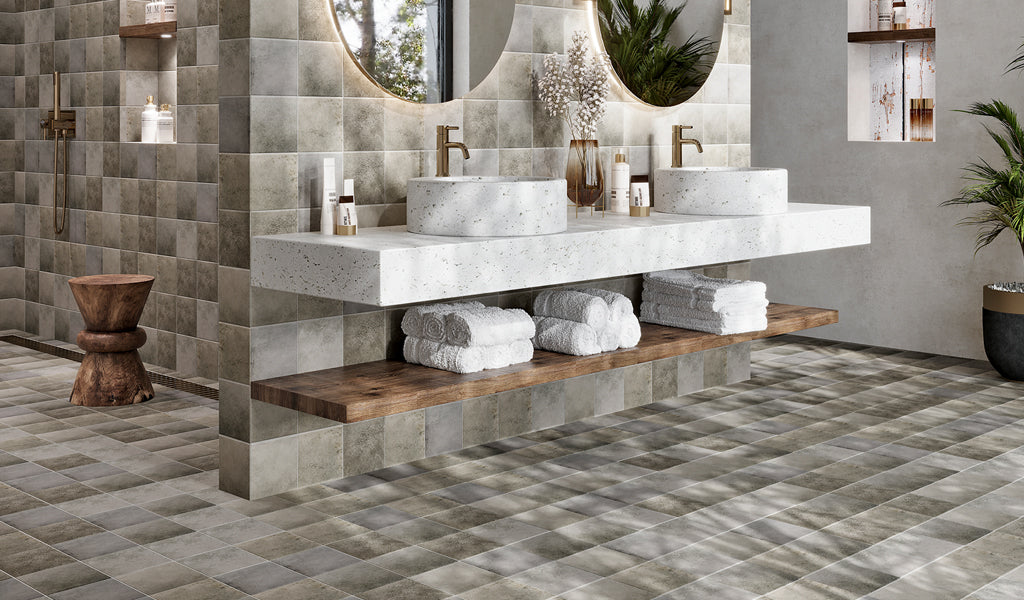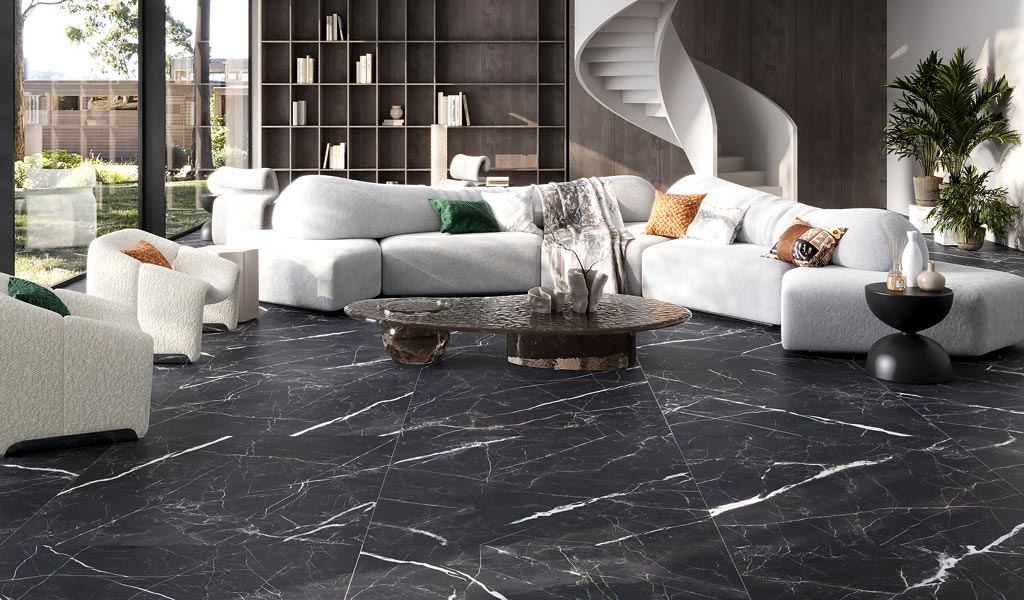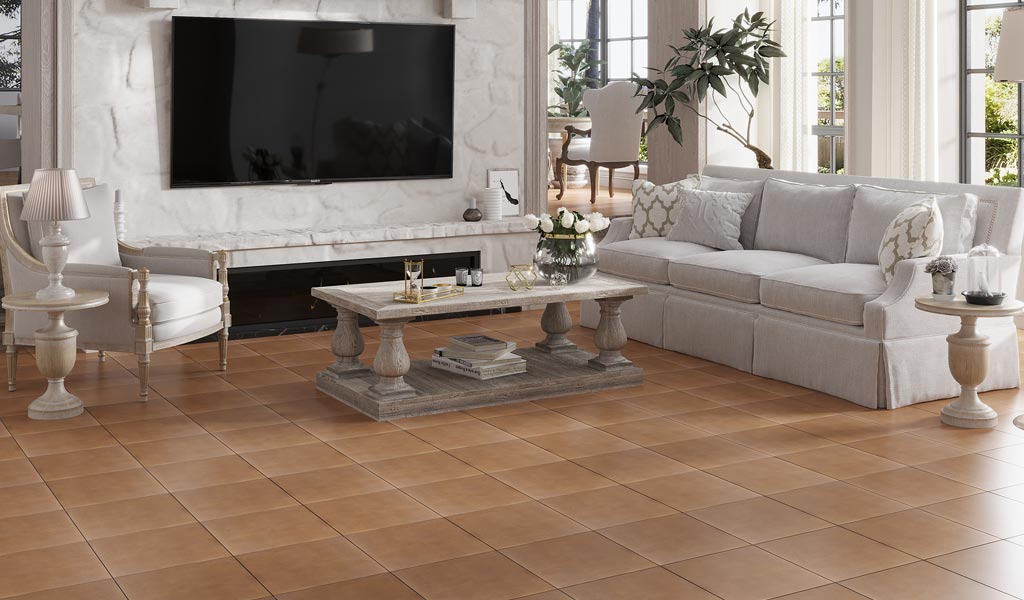How to pick the perfect trim for your tiles
May 02, 2023Ah, tile trim. These key pieces are like the backing to an earring – often forgotten, but very, very necessary. For those of you who are wondering the right way to pick the perfect trim for your tiles, or are quite frankly trying to understand tile trim in general, you have come to the right place. In today’s blog post we will discuss the steps to choosing the right tile trim, and we’ll also provide you with a brief overview of what tile trim is. Ready? Let’s get tile-educated!
What is tile trim? Why is it important to your design?
Tile trim is a type of edging that is designed to protect the edges of tiles and create a clean, seamless look. It varies in material, color, and shape to fit the overall design of your project. One important feature of tile trim is that it can prevent the edges of tiles from chipping or breaking over time, which can ruin the aesthetic and create an unattractive look.
But, aside from its functional advantages, tile trim is an excellent design element that can add contrast, create a border, or help highlight specific areas of your space. Overall, incorporating tile trim into your tiling project is an easy way to elevate the design and achieve a polished look.
How to pick tile trim
Now that you’re well-versed in tile trim 101, let’s dive in and help you find the perfect option for your project’s needs!
Choose the right material
There’s a plethora of tile trim materials available, and you may feel overwhelmed at frist glance; however, one rule of thumb is to match to your tile.
For instance, here at Apollo Tile, we make tile trims that aesthetically pair well with our tiles. A great pairing to view is our Pink Ceramic Tile and its matching Pink Glossy Ceramic Bullnose Tile Trim. These two, when placed together, can make a truly standout design that wows.
However, this is not a hard-and-fast rule. Of course, personal preference always comes first. So, let’s highlight an overview of tile trims on the market today.
Natural stone: These are your granites, marbles, and travertines. The upscale options that are not only durable and long-lasting, but they also add a touch of elegance to any space.
Porcelain: Porcelain options are another popular choice for tile trims as they are easy to clean, non-porous, and come in a wide variety of colors and textures.
Glass: For a more traditional, yet impactful look, glass trims are a fabulous choice that are widely available, affordable, and easy to work with.
Metallic: Metal trims such as stainless steel, brass, and aluminum provide a modern aesthetic and are highly resilient to wear and tear, making them ideal for high traffic areas.
See what we mean? So many options. That’s why when selecting the right tile trim material for your project, it's important to consider your needs and preferences in order to achieve the desired outcome!
Pick the right trim profile/edge
Thought choosing a material was a hard thing to do? Wait until you see the list of tile trim types and profiles available! But heed our warning: Things get easier when you have a better understanding of what each type consists of. Plus, our team is always available to answer your questions and ensure you get the proper match for your project. Now that’s said, here’s some of the most common trim profiles you will find:

Pencil Trim: Pencil trim tiles are an understated yet crucial element in any home renovation or building project. These slender tiles serve as a finishing touch, adding a clean edge and smooth transition between wall and floor surfaces.
Bullnose Trim: Are you looking for a way to finish off your tile layout without sharp edges or unfinished corners? This diverse option is perfect for providing a smooth, finished edge for any tile project, especially in areas like the bathroom or shower where safety is a top priority. Not only can bullnose trims be used on corners, but they are also great for backsplashes, tub surrounds, niches, and even steps. Plus, using bullnose on the joint where the wall meets the floor can add an extra layer of protection against potential water damage.


Chair Rail Tile. As its name suggests, this tile is installed at approximately chair height on the walls of a room. It does its best to protect your walls from scratches and dings caused by chairs. This makes it ideal for high-traffic areas like hallways and entryways. This type of tile also brings a sense of elegance and sophistication to any room in which it is installed, as its been a spotlight trim option for centuries.
Baseboard Trim. Tile baseboards can offer the same benefits as traditional floor baseboards while adding a touch of flow to your space. These trims work especially well if you have tile accents in your kitchen or bathroom, creating a seamless transition between materials. Not only do they look great, but tile baseboards are also practical in wet areas as they won't warp, rot or succumb to water exposure. Opting for tile baseboards could be the perfect solution to give your home a sophisticated and functional finish.

Figure out the trim size needed for your project
Tackling a tiling project can be a bigger undertaking, especially when it comes to choosing the right tile trim size. However, with a few simple steps and some know-how, it can be a smooth and straightforward process. Here’s a simple play-by-play to help!
- First, take precise measurements of the area that requires trimming to determine the length of trim required.
- Then, consider the thickness of the tiles and the depth of the wall or floor, which will help determine the appropriate height of the trim.
- Lastly, take into account the overall style and design of the space, and select a trim that complements the tiles and decor. Review the above to help you out here!
Calculate the amount of trim you’ll need
To calculate how much tile trim you'll need, first measure the linear footage of the areas where the trim will be installed. After you log that number, choose the type and size of trim and be sure to add an additional 10% to your measurement to account for waste and cuts. This will ensure you have enough trim to complete your project without running out mid-way through.
Get ready and get started!
As can be seen, tile trim is a crucial element in any tile installation. It adds both aesthetic appeal and functionality to your tiled surfaces. Ensuring that you choose the right tile trim is essential to achieving the desired look and feel of your project. By following the steps we have outlined in this post, you can make informed decisions and confidently choose the perfect tile trim for your project. Keep in mind that tile trim can range from simple and sleek to ornate and decorative, so take some time to explore your options and choose what works best for your space. Thanks for getting tile-educated with us!



